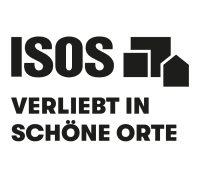Giornico
Intro
Giornico is located in the middle of the Leventina region. The village was once an important waypoint for pilgrims and travellers negotiating the historic Gotthard route.
Giornico is surrounded by vineyards and is divided in two by the Ticino river, in the centre of which is a small, inhabited island. The left bank of the river is characterised by a compact village centre, with former vintners's houses lining its narrow laneways. The Torre di Attone, one of the oldest buildings in the village, is also located on this side. The inhabited island in the middle of the river can be reached via Romanesque bridges, and the right bank of Giornico can be accessed from here by crossing additional bridges. This part of the village is distinguished by its many sacred buildings. These include the protected Church of St Nicolao, one of the most important Romanesque buildings in the canton of Ticino. The Church of San Michele, which houses an interesting 16th century winged altarpiece, is located directly beside it.
Casa Stanga is another important structure in Giornico. Its facade is painted with over 50 coats of arms dating back to 1589. These probably came from famous travellers who visited the village. Today, Casa Stanga is home to the Museum der Leventina, which contains a selection of rich and fascinating treasures from throughout the valley.
ISOS
ISOS is the Federal Inventory of Swiss Heritage Sites of national importance. The inventory is maintained by the Federal Office of Culture (FOC) and lists the most significant settlements in Switzerland. Today, some 1,200 places are included in the inventory, from hamlets right through to cities. The inventory provides information on the development and identity of the settlements listed in it, thereby contributing to the preservation of architectural diversity in Switzerland and promoting both sustainable planning and a high-quality Baukultur.









